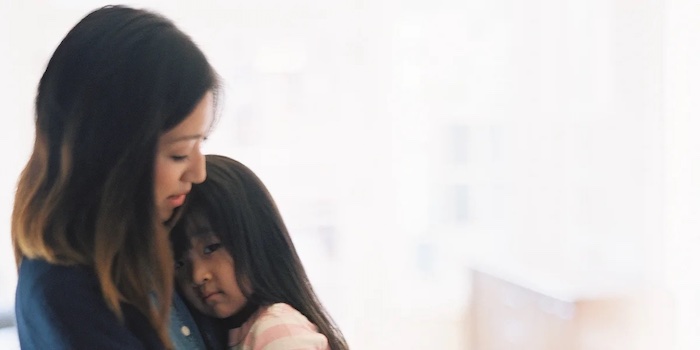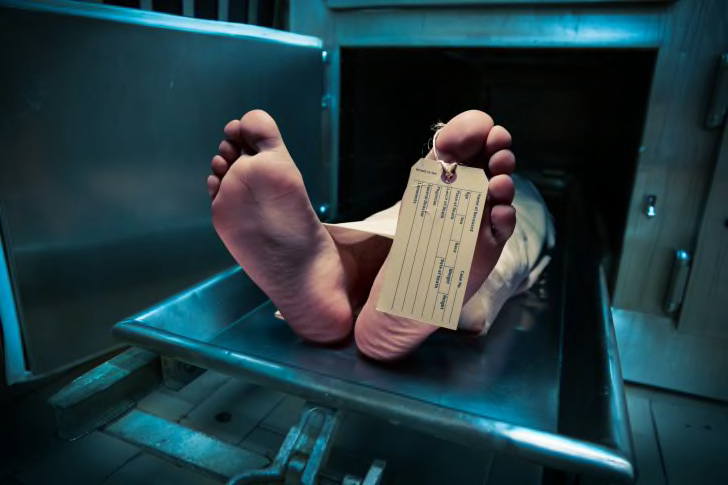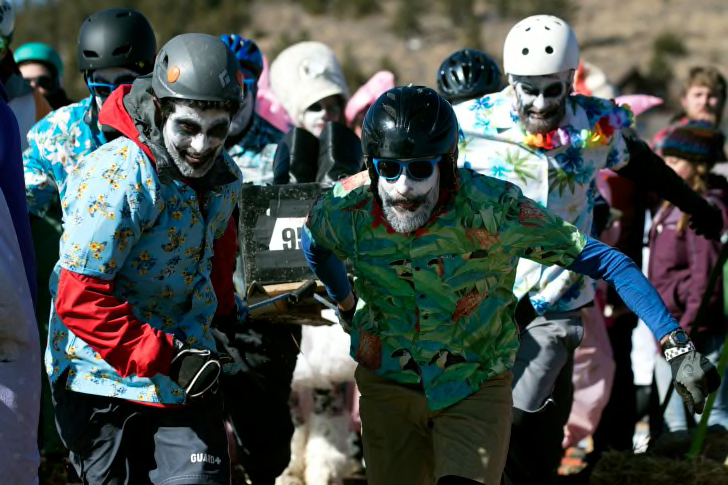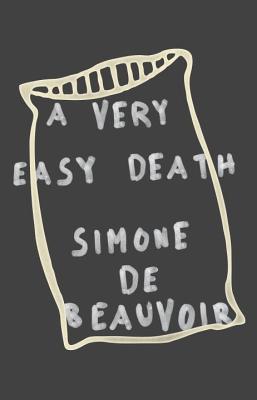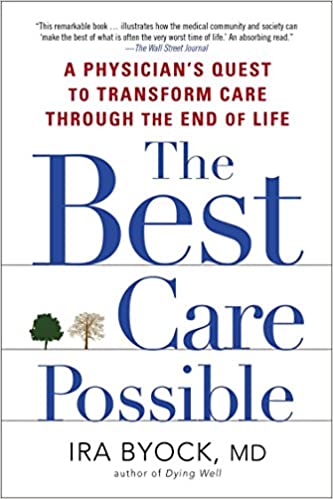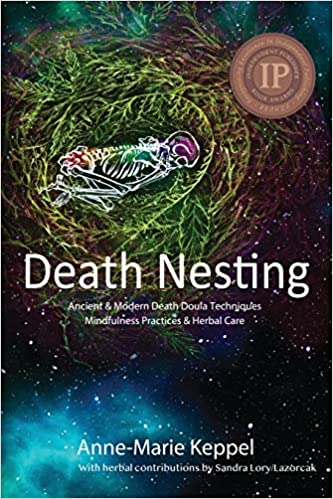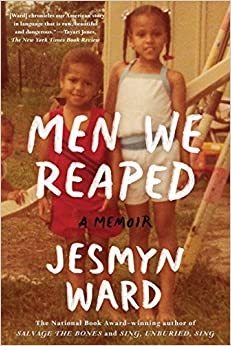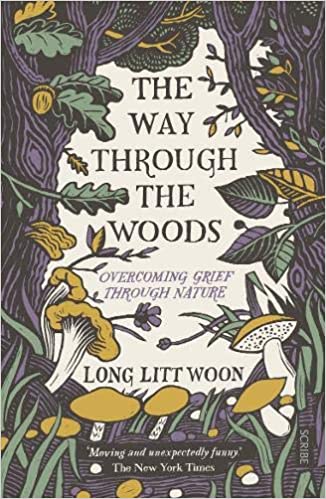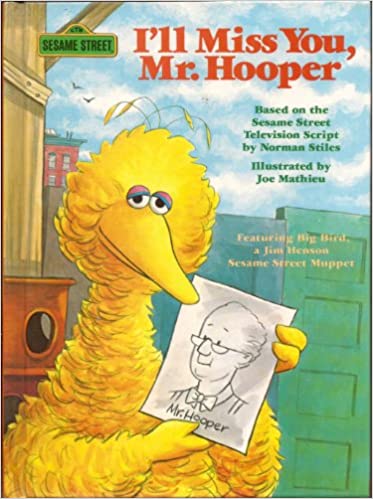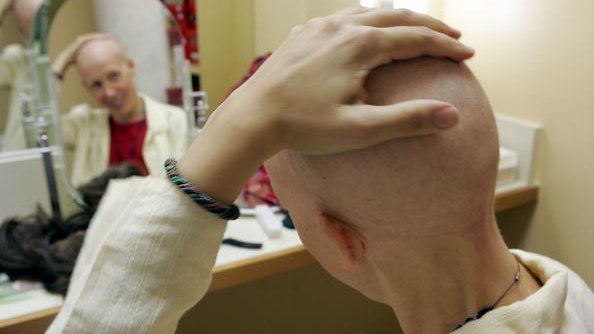Each parent wants what is best for their child, but their version of what that is tends to differ
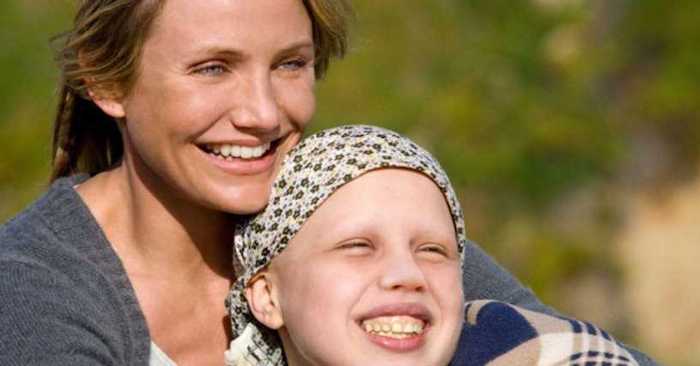
By Mordechai Rothman
When a child is diagnosed with a terminal illness, it changes the family dynamic. For parents, it is devastating news, and regardless of the outcomes, they will never be the same again.
These parents are expected to make difficult medical decisions about treatment for their child. However, they often don’t have the mental or emotional capacity to adequately deal with this heartbreaking situation. They lack an effective support system and the knowledge needed to make truly informed decisions.
In emotionally charged situations like these, I often see parents revert to ingrained beliefs systems and fear-based forms of decision making – simply because they are struggling to come to terms with the reality of what is happening to their child. Unfortunately, this is exactly what can cause disputes between parents about how to proceed with treatment.
Over my 15 years with Chai Lifeline Canada, I’ve seen this happen time and time again. Family conflict is almost unavoidable when the life of a child hangs in the balance. The truth is, each parent wants what is best for their child, but their version of what that is tends to differ. But disagreements can be resolved amicably when parents are provided with support and guidance.
I’ve also seen parents reach compromises on the best course of treatment but, unfortunately, this is not always enough to save their child. This leads to feelings of guilt and resentment. The cycle of blame and guilt can be disastrous for a marriage when both individuals are experiencing intense grief.
I will now delve into how beliefs affect the decision-making process, the most common causes of spousal disagreements, methods to resolve family conflict around treatment for a serious illness, whether a marriage can survive the death of a child, and reasons why the marriage may end anyway.
Studies show that parents tend to make medical decisions based on information provided by clinicians, but how this information is perceived differs according to their personal values and beliefs. Each parent has their own set of values and beliefs that have been formed since childhood and two different world views. This can result in disagreements and family conflict, especially during trying times.
Each parent will frame the information received in their own way to determine what they believe is best for their child. One parent may feel that aggressive or experimental treatment is the only way forward, while the other may feel that their child has suffered through enough medical interventions. Neither is right or wrong, but each wholly believes that their decision is what’s best for their child. Both individuals are simply trying to be good parents in an extremely difficult and unfair situation.
When parents disagree on the best course of action, tensions rise. Incompatible beliefs and conflicting decisions can increase negative emotions such as anger, fear, and guilt in both parents. This mental and emotional stress not only affects both parents but also has a negative impact on the child. When drawn out disagreements lead to treatment delays, the child’s best interest is no longer being considered.
But how can parents move beyond their subjective beliefs to make decisions that are truly good for their ailing child? Is it even possible?
What people believe forms them. Therefore, when contradictory information is introduced, the cognitive dissonance between their belief and reality causes an internal battle. They may logically be aware that one course of action is the better option, yet emotionally they are unable to make it. When both individuals feel this way, it can be tough to reach a resolution.
Once parents understand that their decision-making process is driven by their beliefs, it may become easier to find a compromise that appeases both individuals. However, this depends greatly on their previous ability to resolve conflict. It’s important to acknowledge the factors that cause disagreements between spouses as these tension-causing factors are enhanced during stressful times.
There are, of course, many different factors involved for parents with a terminally ill child. But the main reasons why disagreements develop between spouses in terms of treatment are:
- A lack of communication
- Different perspectives
- Feelings of powerlessness
Poor communication between spouses is the single greatest source of conflict. If a couple had poor communication skills before, dealing with the stress of a seriously ill child is likely to aggravate the problem. A lack of communication between partners can quickly escalate when faced with a difficult situation. This causes a breakdown in trust, avoidance tendencies and arguments. Open, clear, and honest communication is essential for parents to resolve disagreements about medical treatment for their child.
Differing perspectives about the situation are another factor that can cause disagreements. Each person will have a unique perspective based on their internal beliefs and values. This influences how they interpret the information provided by medical professionals and healthcare workers. A person’s perspective will affect how they justify the risks and view the benefits of certain medical treatments. When parents have different perspectives about important issues, disagreements occur. Spouses need to realize that, although their opinions may differ, they still want the same thing – what’s best for their child.
There is nothing more heart-wrenching and disempowering than watching your child struggle with a serious illness. As a result, many parents deal with feelings of powerlessness. This common experience may contribute to the development of disagreements. Parents tend to feel excluded from medical discussions about their child (feeling they are the last to be consulted) or that they haven’t been given enough information to truly make informed decisions. When people feel as if they have lost control over something as important as their child’s health, they will try their best to take back control in any way possible. This can manifest as someone stubbornly sticking to their decision for treatment even though their spouse doesn’t agree or that it may not be the right choice for their child.
In cases where families disagree about treatment, a resolution somehow needs to be reached. When parents are bitterly divided about continuing or discontinuing treatment, the hospital may turn to the court for guidance. Unfortunately, this can delay matters. In the end, it is better for everyone involved if spouses could come to an agreement before a trial is required.
Although parents make many decisions about their child’s medical care, many parties are involved in the process. The child’s care team may consist of the parents, doctors, nurses, specialist physicians, other supportive family members, and in some cases, even the child (depending on age/maturity). Each of these individuals has a right to share their thoughts, voice concerns, or weigh in on treatment decisions. Therefore, if parents cannot agree on a course of action, further discussions with the entire care team are required. An impartial or objective professional could even mediate these discussions to ensure a shared decision is reached.
Since many parents feel like they don’t have adequate knowledge to make an informed decision, a mediated discussion with the medical team can be helpful. During these sessions, the healthcare providers should answer any questions the family members may have. They should also offer as much information as possible in terms of the available options, as well as the benefits and risks involved. If the ill child is old enough, they should also be included in the discussion and have a say in the decision. This may even make it easier for the parents to resolve their disagreement.
A psychological support system can also be helpful for spouses. Counselling can help parents improve their communication skills, understand the basis of their differing perspectives, and come to terms with the situation that is making them feel powerless. A trained professional can help spouses deal with the issues causing disagreements. By expressing their emotions and learning to understand their partner’s perspective, the tension may defuse and allow the conflict to resolve itself. In this manner, they can form a united front and focus their attention on their child, who needs them to be present.
Despite the effort of everyone involved and regardless of the treatment decisions made, the child may die. The death of a child is one of the hardest and most traumatic events that a family can ever experience. Both parents are changed forever after the loss of a child. This puts an enormous amount of stress on a marriage – even a healthy one.
There is a myth that most marriages (80 to 90 per cent) will fail after the loss of a child in any manner. However, the truth is that only about 16 to 20 per cent of marriages end as a direct result of a child’s death. Instead, this type of trauma tends to put a spotlight on the existing properties of the marriage. Consequently, some marriages will get worse, others will improve, some may simply continue without much change, while others will end in divorce. It all depends on the strength and health of the marriage before the trauma.
With extenuating circumstances, such as the stressful months or years that their child was sick, the risk of divorce increases. When spouses are opposed to treatment options, this can cause further tension. One parent may feel guilt that they proceeded with their choice, resulting in the passing of their child. At the same time, the other parent may feel resentful that their decision wasn’t followed and blame their spouse. A cycle of guilt and blame combined with intense grief can easily destroy even the strongest marriage.
There are many reasons why a marriage may end after the loss of a child. But three main factors will ultimately affect the outcome:
- The different ways in which individuals grieve (specifically the differences between males and females).
- An inability for spouses to meet the needs of their partner during the grieving process.
- The nature and circumstances of the death (a long, stress-filled period of illness) influences the grief response.
People grieve in different ways. The very nature of grief makes it a subjective experience. Grief is a long-term process, not a once-off event. In any other situation, spouses serve to comfort each other during times of grief. But when both partners are experiencing the raw grief that accompanies the loss of a child, they may find it difficult to comfort and support each other. This is because the mode of grieving for each individual can change from moment to moment. Neither spouse will be in the same mindset simultaneously, which can cause misunderstandings and feelings of being disconnected.
Males and females also tend to process grief in different ways. Women and especially mothers will feel intense grief for longer periods. On the other hand, men usually become more task orientated as a way to manage their grief. When confronted with grief, women will show their emotions openly while men will release their emotions privately.
These differences can make each spouse feel as if they’re going through the experience alone. Essentially, problems in the marriage occur during this time because each spouse is grieving in their own way, making them unable to meet the needs of their partner. This is not intentional. Most parents can barely meet their own needs, let alone anyone else’s, after the death of their child. Grieving people turn inwards, focusing on their own emotions and leaving little energy for anything else. Even though they are grieving simultaneously, each partner will suffer from a profound sense of isolation. When people feel that their grief is not being understood or their partner can’t meet their needs, it puts additional strain on a marriage.
Finally, the nature and circumstances of the child’s death can also influence the parents’ grief responses. Generally, parents experience less guilt if the child dies an anticipated death. Unfortunately, this is not the case if they disagreed about treatment. The prolonged anticipatory grief likely exacerbated the marital relationship as well. Often, parents of seriously ill children deal with many compounding stressors such as financial issues due to medical bills or pressure from clinicians about treatment. All of this can have devastating consequences for their marriage.
Parents of terminally ill children need support systems. Open and honest communication with each other and the health care team should be established from the onset. Conflict will only be resolved if parents feel empowered to make informed decisions about their child’s well-being. Regardless of the state of their relationship, bereaved parents need to seek support from organizations such as The Compassionate Friends to overcome their grief or even save their marriage. There are many resources available aimed specifically at supporting families throughout the entire process.
With the proper support systems, open communication and a solid foundation, it is possible to move past tragedy as a united front.
Complete Article ↪HERE↩!
